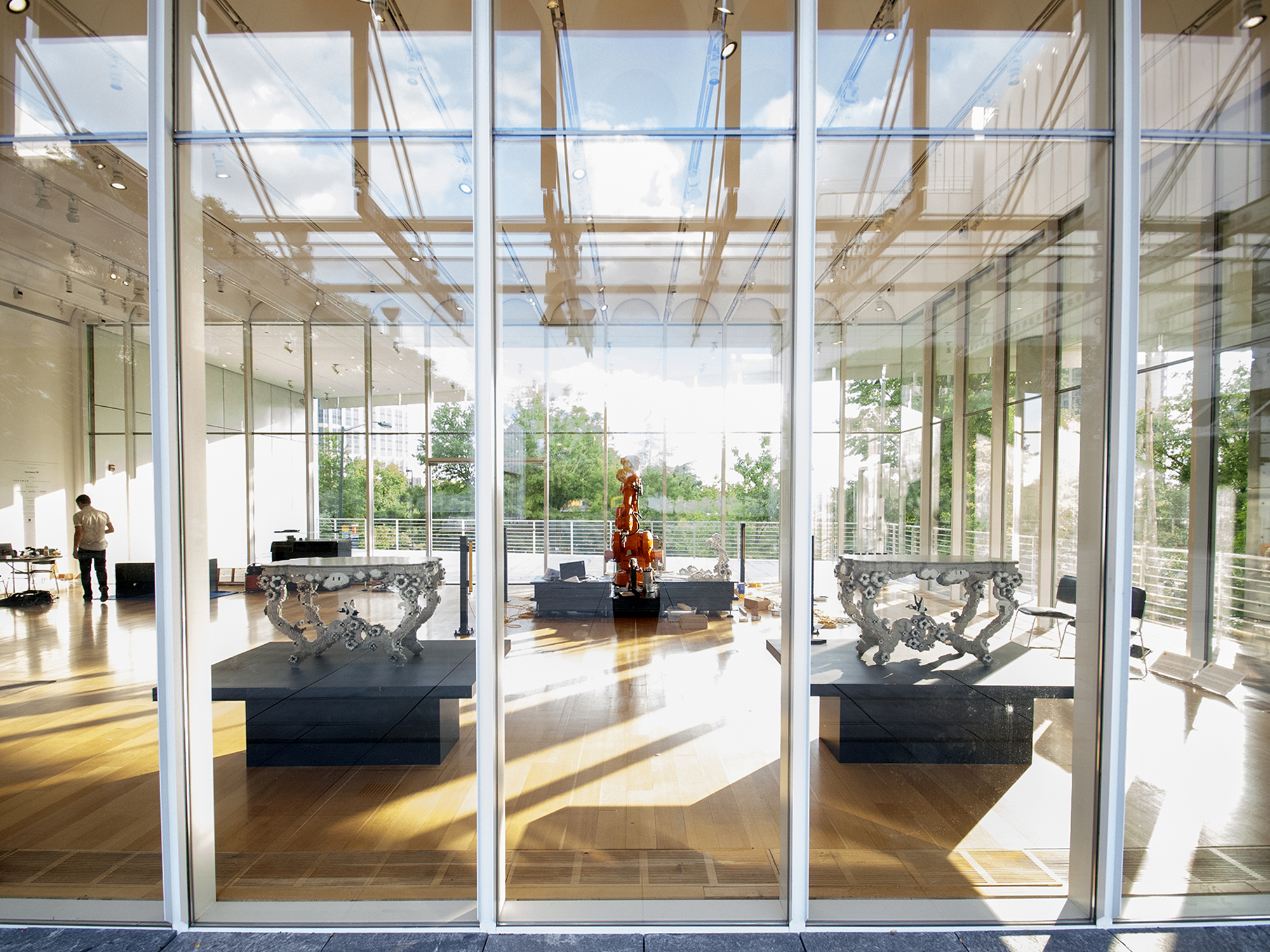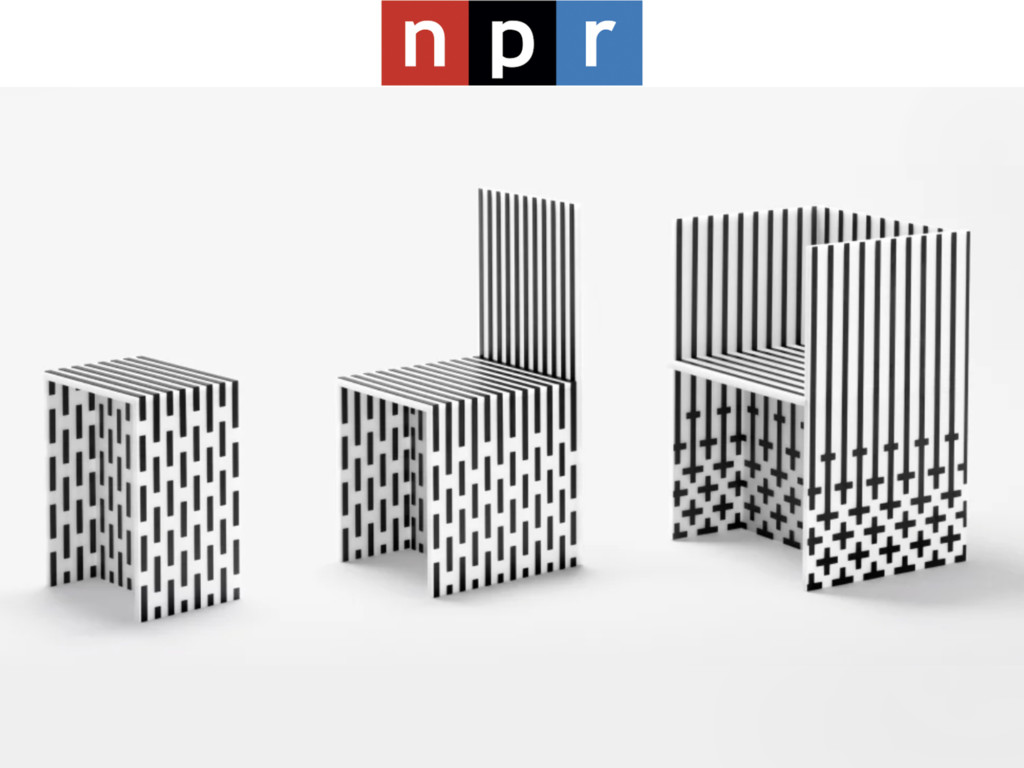As part of the High’s ongoing collaboration with The Museum of Modern Art, Modern by Design presents groundbreaking designs of the past, present, and future. The exhibition features a selection of works chronicling three key moments in MoMA’s design collection and exhibition history—“Machine Art” (1934); “Good Design” (1950-1955); and “Italy: The New Domestic Landscape” (1972). Nearly 150 objects created by over 120 of the most influential artists and designers of the twentieth century are included.
Also on view are a group of late-twentieth- and early-twenty-first–century designs drawn from the High’s own growing permanent collection. Two new major commissioned installations by Dutch designer Joris Laarman and the Japanese design collective nendo are featured: Laarman’s “Digital Matter” and nendo’s “Visible Structures.” In total, eleven artists represent the diversity and international character of the field today.
Featured artists and designers include Ron Arad, FRONT Design, Johanna Grawunder, Zaha Hadid, Hella Jongerius, Patrick Jouin, Shiro Kuramata, Joris Laarman, nendo, Marc Newson, and Ettore Sottsass Jr.
Digital Matter by Joris Laarman Lab:
Over the past several decades, the transition from analog to digital has begun to define an evolution in the way we manufacture, distribute, and recycle products. With the use of robots and other digital fabrication tools, many materials can be used to create a form of “digital matter,” a term used here to describe the three-dimensional realization of digital images through the use of voxels, or volumetric pixels. Robots can perform a variety of tasks, faster and more precisely for longer periods of time than people. With the press of a single button a complex design can be customized, in contrast to traditional manufacturing methods, which require extensive retooling to make the same change. This is due in part to the modular character of the material out of which the object is made, such as Laarman’s voxels.
For their installation at the High Museum, Joris Laarman Lab has programmed a robot arm to build ornamented side tables based on a digital blueprint. The video will give you a peek behind the scenes at the Laarman Lab’s process. The robot builds the table upside down, from the top to the legs.
The table can be built with varying degrees of detail or resolution, so the smaller the voxel, the higher the resolution. The tables are re-programmable; the high-performance adhesive used to keep the voxels in place can be dissolved, and the voxels can be reassembled and reused to create a different shape without any wasted material.
The Joris Laarman Lab was established in 2004 by Joris Laarman and his partner, filmmaker Anita Star. They consider the lab an experimental playground where craftsmen, scientists, engineers, and many other young, motivated people strive to add cultural meaning to technological progress. Their goal is to show the beauty of how things could work using a hands-on approach and a sense of poetry.
Visible Structures by nendo:
The Tokyo-based Japanese design collective nendo will create Visible Structures, an installation of 12 pieces of furnitureʊ, stools, chairs, and tables ʊall made of form core or cardboard reinforced with a special industrial-strength graphite (carbon) tape. The graphite tape will be applied to the form core in patterns inspired by the early abstract paintings of the Dutch artist Piet Mondrian and the De Stijl movement. The High previously acquired three Cabbage Chairs, (2010) by nendo for its collection; they will also be on view in Modern by Design. Nendo describes its design, stating, “The primitive design of the chair responds gently to fabrication and distribution costs and environmental concerns, the kinds of issues that face our 21st-century selves.”
Founded in 2002 and led by Oki Sato, nendo is internationally recognized and renowned, earning more than 20 design awards for its simple and functional yet striking and playful work in interiors, furniture, product design, graphics and architecture. nendoJs work can be found in the collections of The Museum of Modern Art, New York; the Musée des Arts Decoratifs, Paris; the Museum of Arts and Design, New York; the Smithsonian Cooper-Hewitt National Design Museum, New York; The Montreal Museum of Fine Arts, Montreal; the Design Museum Holon, Israel; The Israel Museum, Jerusalem; and the High Museum of Art, Atlanta.











